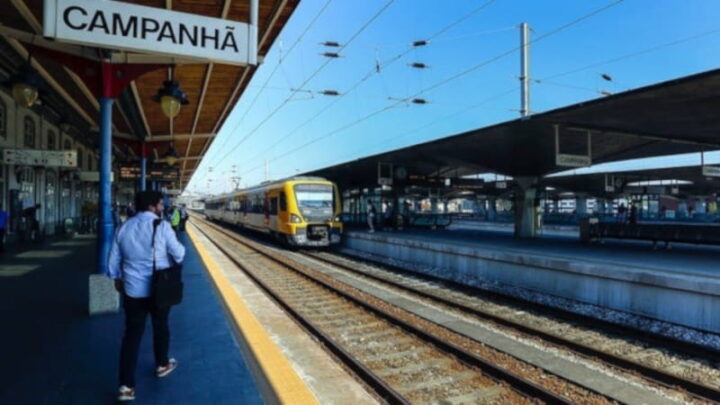The high-speed railway line definitely went from paper and discussions in cabinets to the ground. The public-private partnership for the first section (Campanhã-Oiã) has already been signed.
It is a project that has already had numerous advances and setbacks, but it seems to be the one that finally gets off the ground. The first section of the high-speed railway line, between Campanhã (Porto) and Oiã (Oliveira do Bairro) already has a public-private partnership signed, thus starting the first connection planned in the project, between Porto and Lisbon.
In the presentation of this part of the project, Infraestruturas de Portugal (IP) revealed what these first 71 kilometers of line will be like, such as the intervention at Campanhã Station, the new bridge over the Douro River or the underground station in Vila Nova de Gaia.
In the case of Campanhã, in Porto, the station is planned to be renovated, adding two more platforms and a new building. The new bridge over the Douro will be called Ponte D. António Francisco dos Santos and varies slightly from the initial project. If the upper deck will allow the passage of high-speed trains, the lower deck will fulfill the road function that was originally intended.

The new station in Vila Nova de Gaia is considered the most ambitious project on the entire high-speed line between Porto and Lisbon. Built 60 meters underground, in Santo Ovídio, it will connect directly to the Yellow and Rubi lines of the Porto Metro.
This first public-private partnership for the high-speed line will cost around 1,978 million euros, spread over the 30 years of the contract.
Shorter trips
The main purpose of the high-speed line is to reduce travel time between Lisbon and Porto to around one hour and 15 minutes, a substantial gain compared to the current three hours on conventional trains.
For the subsequent connection between Lisbon and Vigo, the objective is to complete the journey in approximately two hours, reinforcing cross-border connections and integration with the Spanish high-speed rail network. And there are many benefits associated with this project:
- Reducing road traffic and carbon emissions: The new rail line is part of a larger decarbonization effort. It is expected that, by offering a fast and efficient alternative to the car and plane, this project can significantly reduce CO₂ emissions in the transport sector.
- Economic boost: The line should contribute to economic growth, not only by creating direct jobs during the construction phase, but also by facilitating tourism and trade between the regions involved.
- Integration with the European rail network: This project is part of a broader strategy to connect with the European high-speed rail network, enabling better mobility and accessibility for citizens and businesses.
Although the project is ambitious and full of benefits, it also faces challenges. These include the technical complexity of construction, the local environmental impact during the construction phases, and the need for close coordination with Spanish authorities for the cross-border phase.
Additionally, the high investment requires careful financial management to ensure that the project is economically viable and meets the established deadlines. But now it really seems unstoppable.
Source: pplware.sapo.pt


